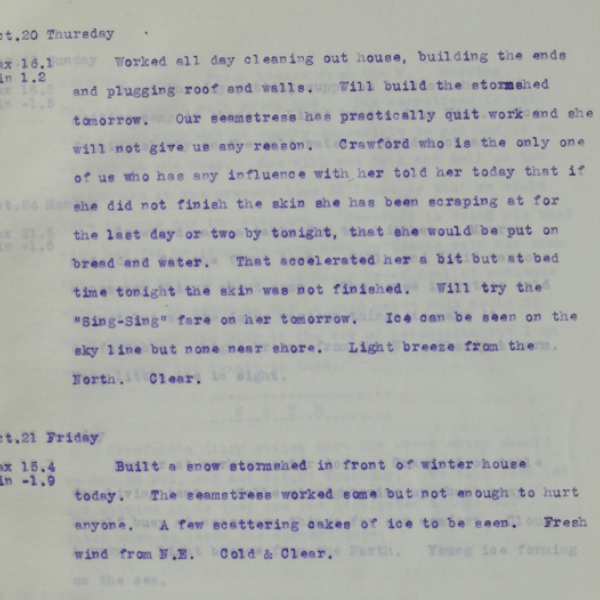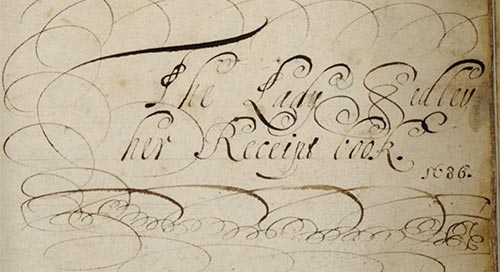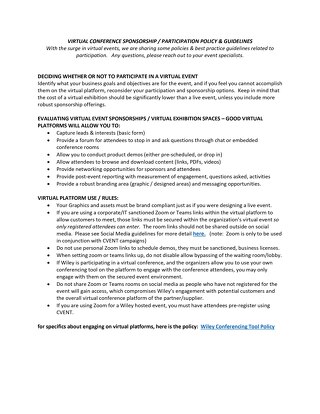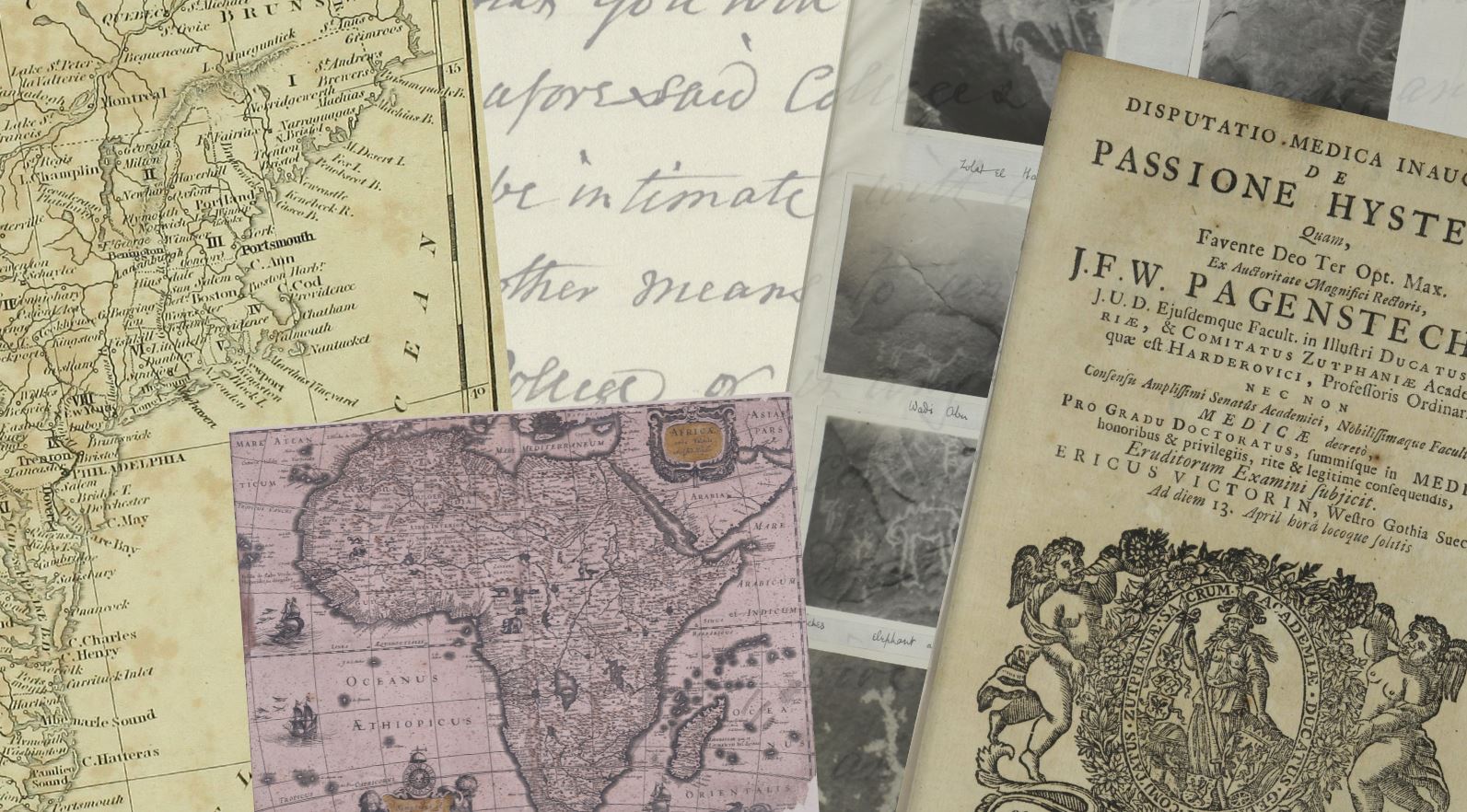Despite her efforts, on June 23 of 1923, Knight passed away. Ada Blackjack was left to fend off the harshness and isolation of Wrangel Island alone; but Ada didn’t give up: she began to write a diary as her crewmates had done, hunted birds and seals, reinforced the camp for the upcoming winter, mended her winter gear that was worn down, and even made a pair of slippers to give to her son, Bennett. Her determination was fueled by an unacceptable thought: ‘I will not let Bennett have stepmother’.[2]
On August 20, 1923, relief had arrived – a skin boat was headed towards shore to bring Ada home.
From the collection: Arthur R. Hinks, E. L. Knight, 1921-1923. (Available to view via institutional or trial access)
The Hero of the Arctic
Ada Blackjack came home to a swarm of press. Praised as an arctic hero, she was a local celebrity – though the fame was unwelcomed and she tried to escape it. Ada Blackjack did not have the happy ending she deserved: though cured of his tuberculosis, her son Bennett Blackjack battled with sickness for the remainder of his life, passing away from a stroke at the age of 58. Ada lived most of her life unable to work due to her own poor health and became a forgotten heroine with time.
Ada’s strength, however, is worthy of remembrance: her perseverance to overcome her fears allowed her to adapt to a harsh environment. The unconditional love for her son fueled a fierce determination to survive. Her strength to carry on the work of four men was an inspiration during the early 20th century, a time when women in America were fighting for equal rights. Despite many hardships, she lived to the ripe age of 85. And, when Ada Blackjack passed, she was buried right where she wanted to be: next to her son, Bennett.
The Wrangel Island Expedition is one of many expeditions covered in Wiley Digital Archives. Explore the diary of Errol Lorne Knight and a unique variety of manuscripts, photographs, maps, and correspondence with a free trial.
[1] Niven, Jennifer. Ada Blackjack, A true story of survival in the Arctic, Reprint Edition. New York: Hachette Books, 2004.
[2] Niven, Jennifer. Ada Blackjack, A true story of survival in the Arctic, Reprint Edition. New York: Hachette Books, 2004.
















